Discover 20 rabbit-resistant flowers and plants to safeguard your garden! Learn expert tips, real-life strategies, and the science behind plants rabbits avoid. Perfect for USA gardeners.
Hi there! I’m Anna Scott, a gardening enthusiast with over a decade of experience turning chaotic gardens into thriving, rabbit-resistant havens. If you’ve ever woken up to find your precious blooms nibbled to stems, you’re not alone. Today, I’ll share my tried-and-tested list of 20 flowers and plants rabbits hate, backed by science and my own hands-on trials. Let’s reclaim your garden!
Why Use Rabbit-Resistant Plants?
Rabbits are adorable but destructive. They’ll munch on tender shoots, flowers, and even bark, leaving your hard work in ruins. Opting for plants they naturally avoid offers:
- Chemical-free protection: No harmful repellents needed .
- Low maintenance: Save time replanting chewed-up favorites.
- Biodiversity: Attract pollinators while deterring pests .
Now, let’s explore 20 flowers and plants that rabbits tend to avoid, perfect for your 2024 garden planning.
20 Flowers and Plants Rabbits Avoid (& Why!)
1. Lavender (Lavandula spp.)
Why rabbits hate it: Strong fragrance and essential oils overwhelm their sensitive noses .
Pro tip: Plant compact varieties like ‘Hidcote’ in pots or borders.
Bonus: Drought-tolerant and pollinator-friendly.
2. Marigolds (Tagetes spp.)
Rabbit deterrent: Bitter taste and pungent scent .
2025 trend: Use in companion planting with veggies for double pest protection.
3. Foxglove (Digitalis purpurea)
Toxicity alert: Contains cardiac glycosides—deadly to rabbits .
Vertical interest: Adds height to shaded garden corners.
4. Salvia (Salvia spp.)
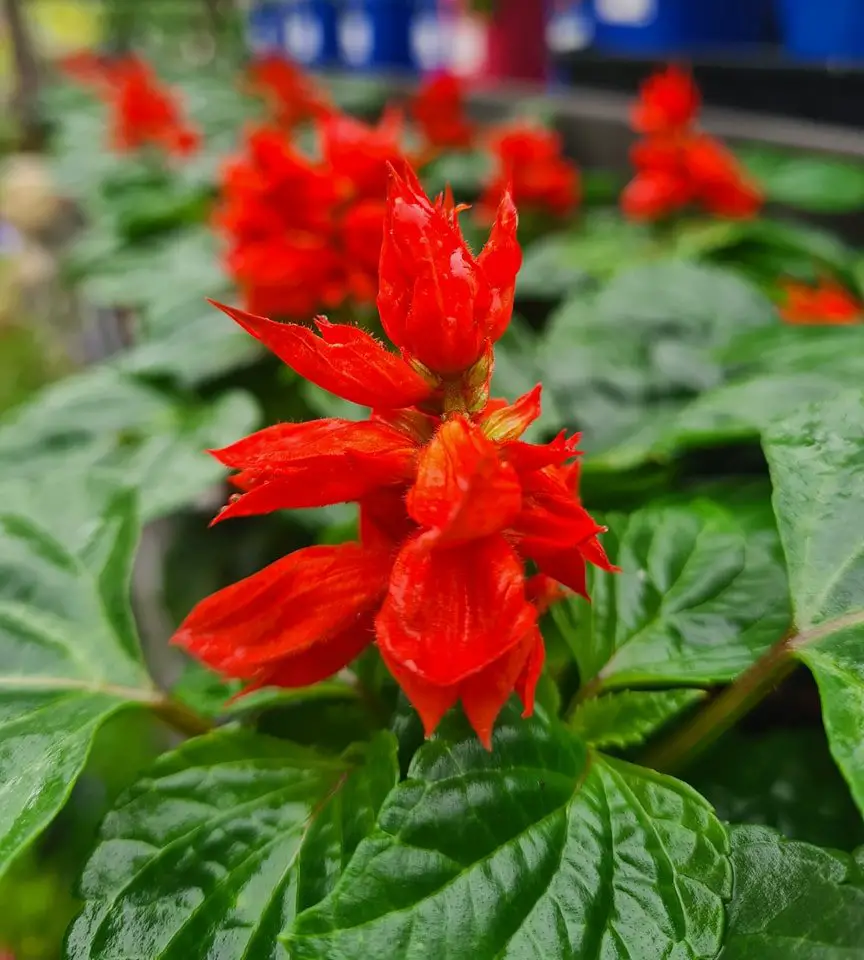
Rabbit-proof features: Fuzzy leaves and strong scent .
Design tip: Pair with drought-tolerant Russian Sage for a silver-purple theme.
5. Russian Sage (Perovskia atriplicifolia)
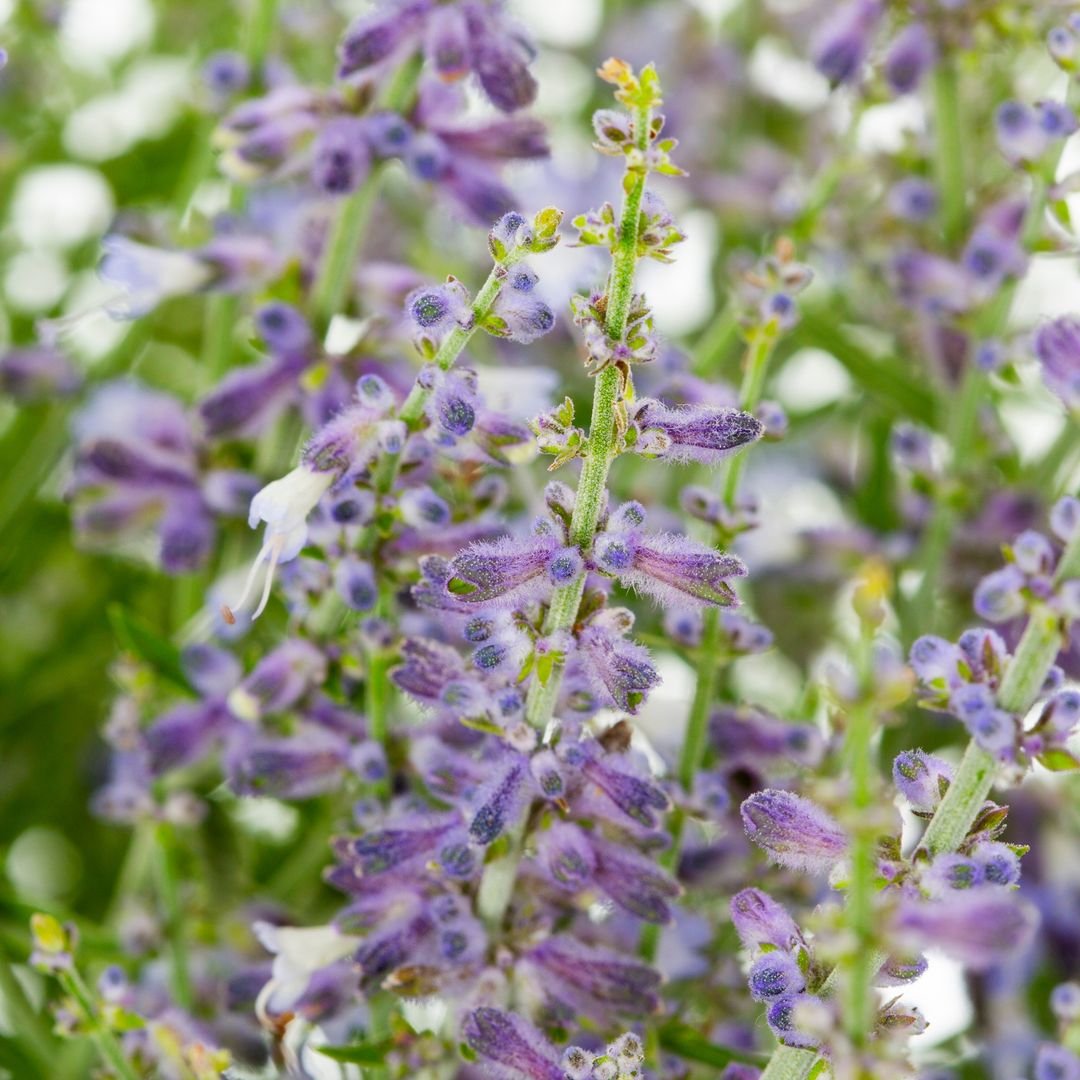
Double defense: Fuzzy silver leaves and strong minty aroma 7912.
Pro tip: Prune hard in early spring to prevent leggy growth.
Bonus: Drought-tolerant superstar—ideal for xeriscaping (learn more in my drought-tolerant plants guide).
6. Catmint (Nepeta x faassenii)
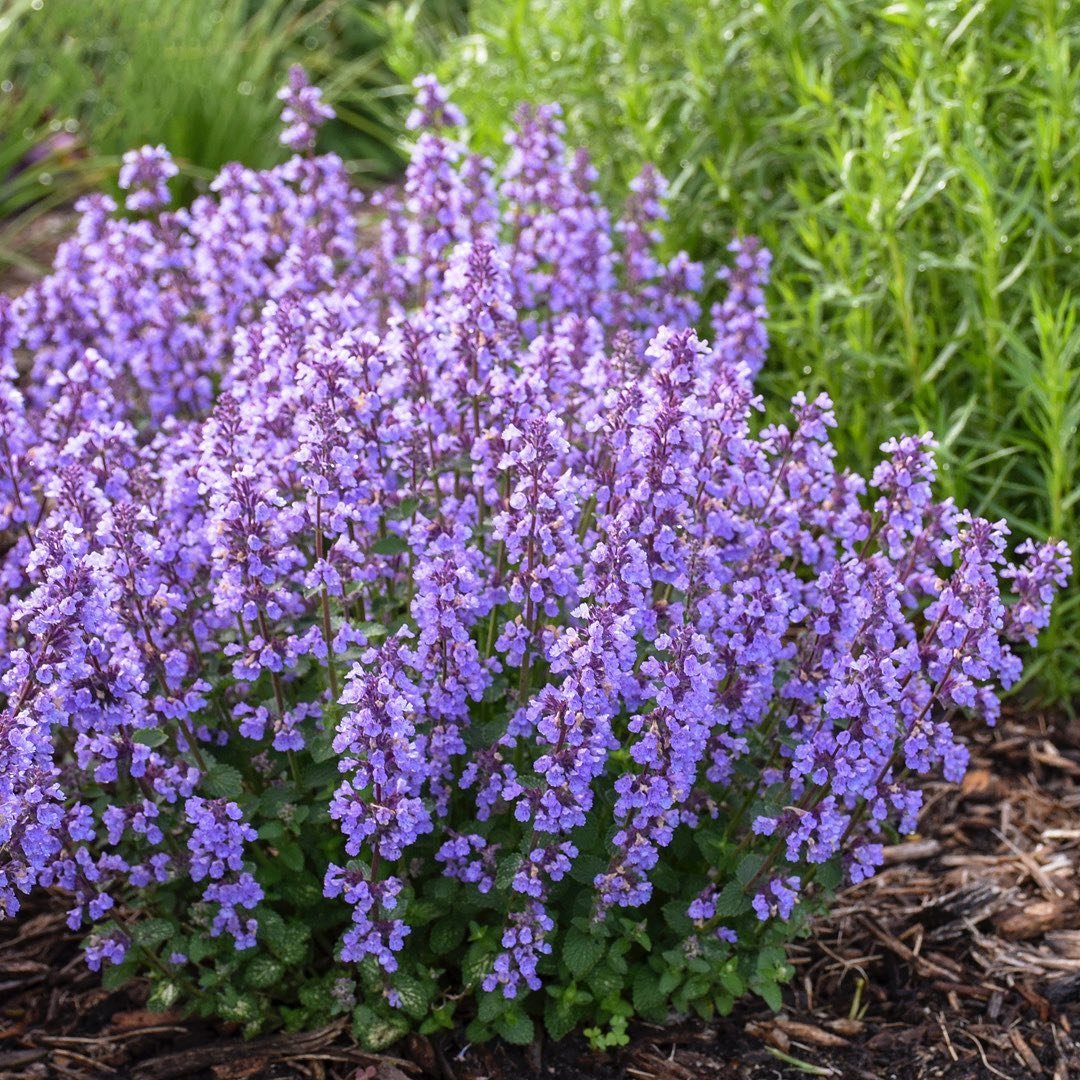
Double defense: Minty aroma repels rabbits, while cats love it .
Grow note: Prune after blooming to encourage re-flowering.
7. Yarrow (Achillea millefolium)
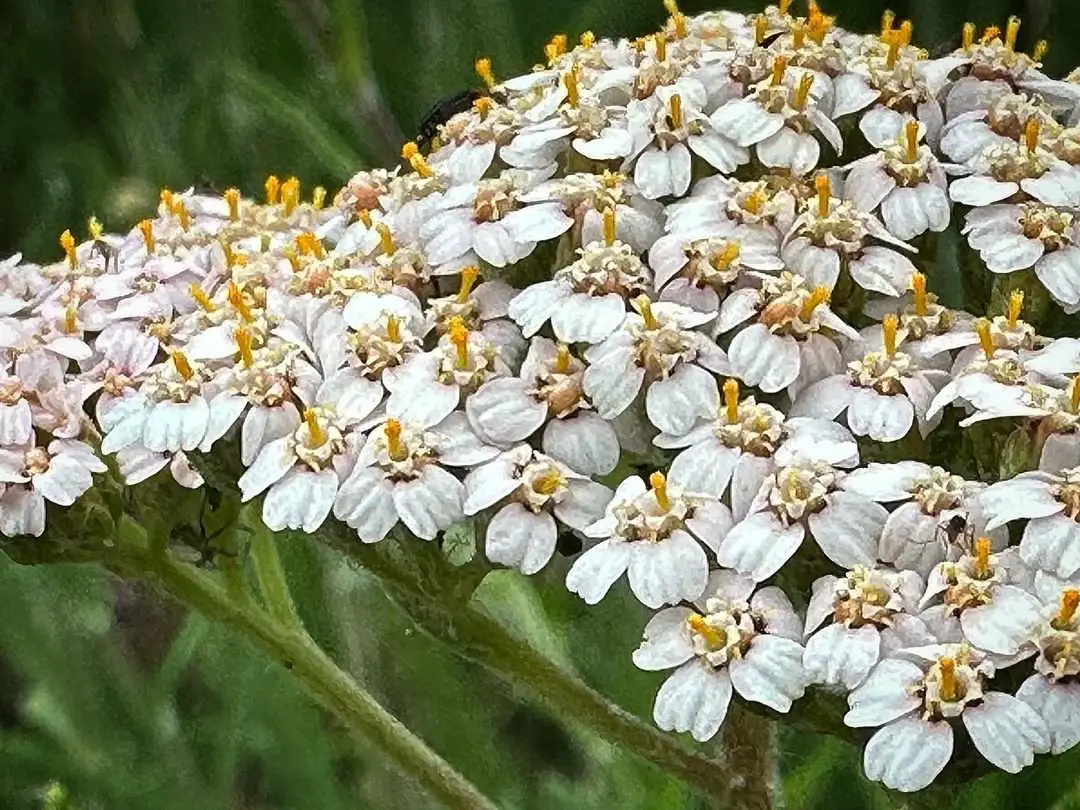
Why rabbits hate it: Bitter taste and feathery foliage make it unappealing. Bonus: Drought-resistant and attracts ladybugs for natural pest control .
Pro tip: Use in rock gardens or meadows for a wildflower vibe. Deadhead spent blooms to encourage reblooming.
Bonus: Medicinal herb traditionally used for wound healing.
8. Black-Eyed Susan (Rudbeckia spp.)

Rabbit deterrent: Tough, hairy leaves and bitter sap .
Pro tip: Pair with ornamental grasses for a prairie-inspired border.
Bonus: Long-lasting cut flowers that brighten summer bouquets.
9. Coneflower (Echinacea spp.)
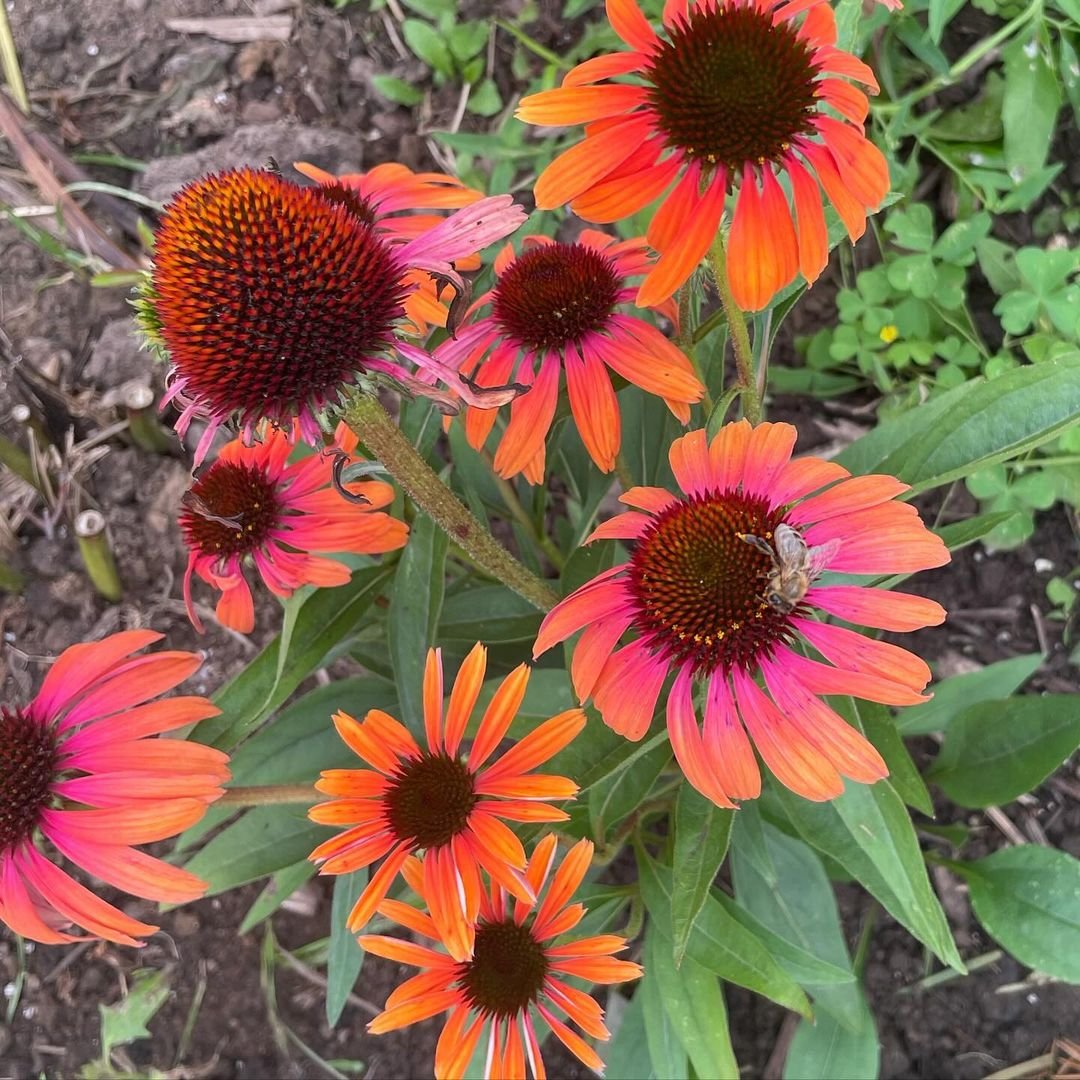
Rabbit-proof features: Spiky seed cones and rough texture 912.
Pro tip: Leave dried seed heads in winter to feed finches and chickadees.
Bonus: Immune-boosting properties—harvest roots for herbal teas.
10. Snapdragon (Antirrhinum majus)
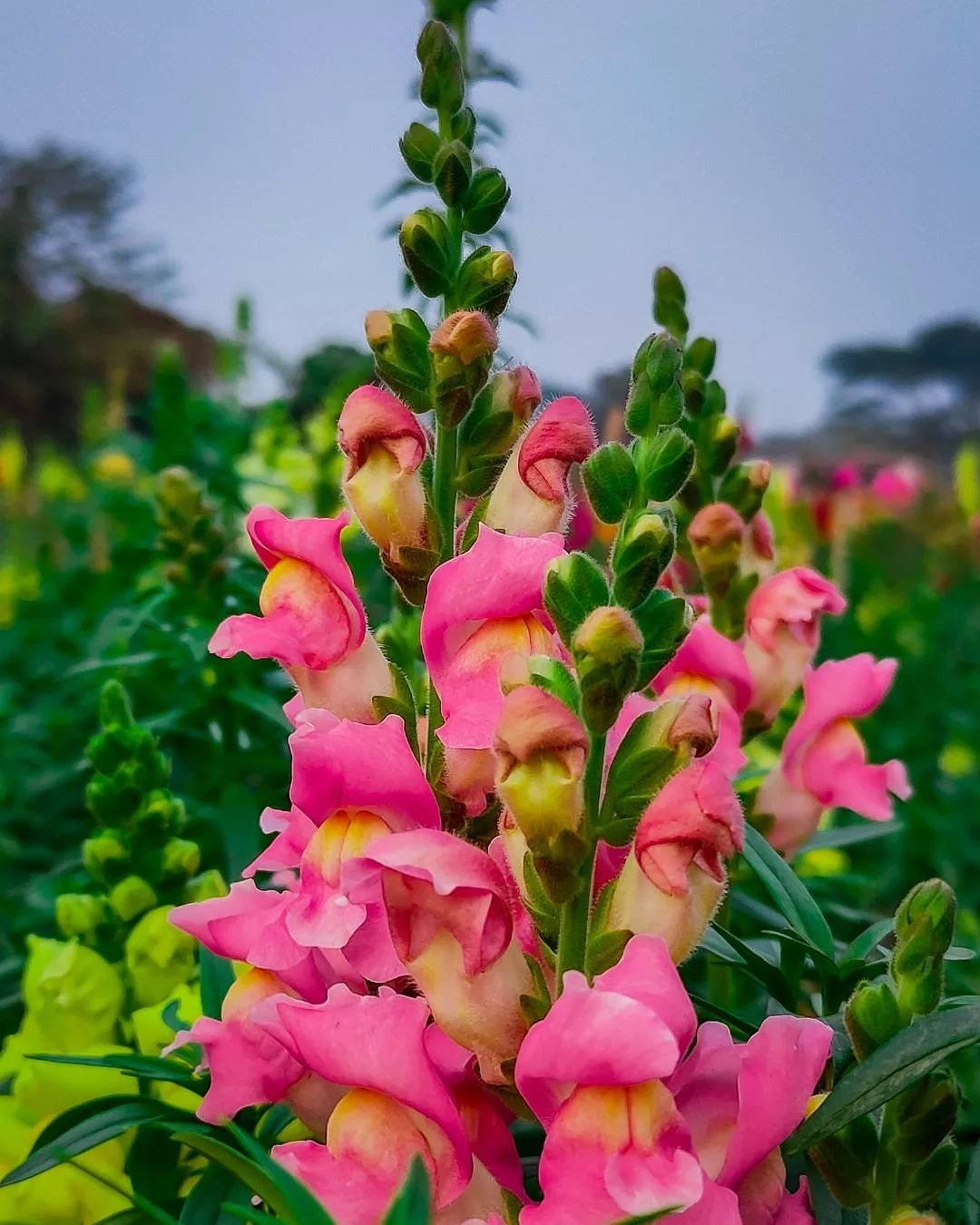
Why Rabbits Avoid It: Bitter taste Additional Benefits: Long blooming season, great for cut flowers
Bitter taste: Unpalatable to rabbits but stunning in cut arrangements
11. Daffodil (Narcissus spp.)
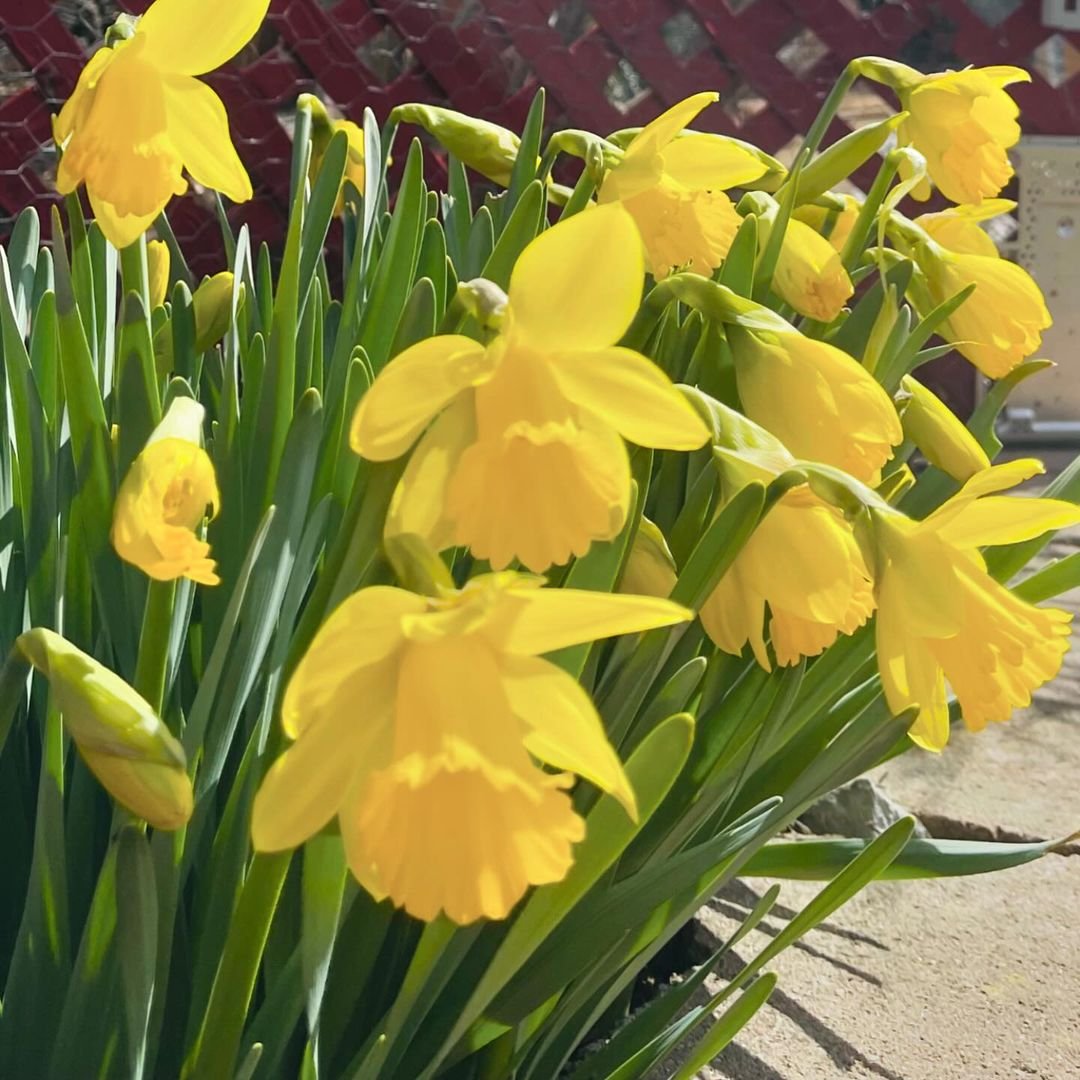
Why Rabbits Avoid It: Toxic to rabbits Additional Benefits: Early spring blooms, naturalizes easily
2024 Insight: New varieties with extended blooming periods being developed.
Planting Tip: Plant bulbs in fall for spring blooms.
12. Artemisia (Artemisia spp.)
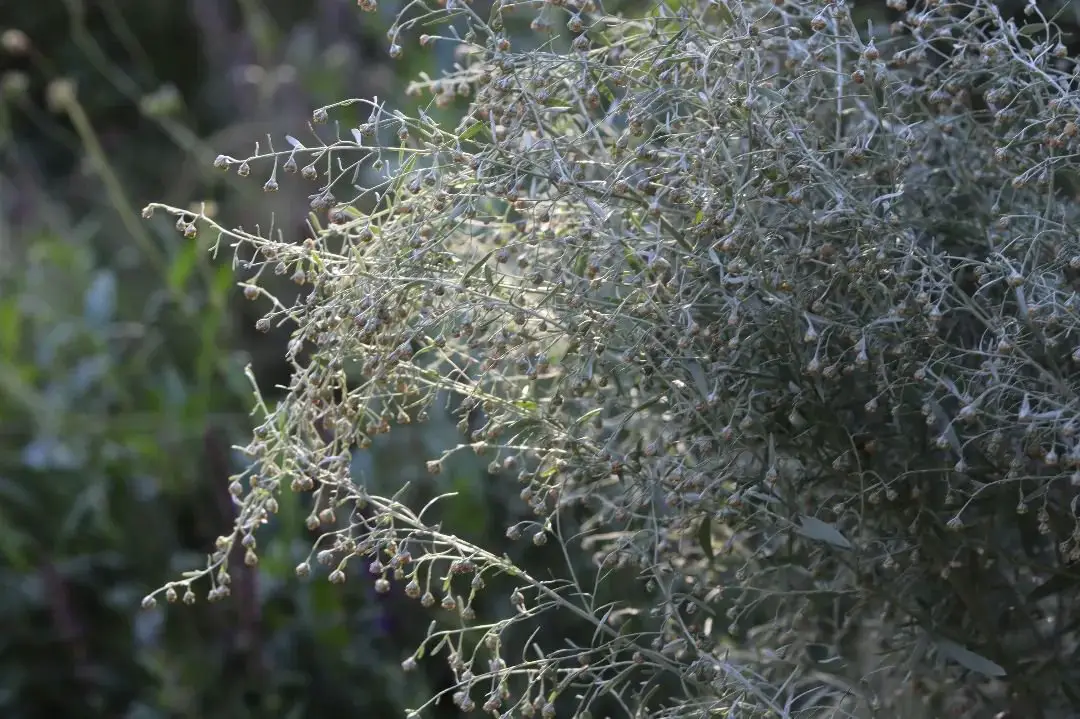
Why Rabbits Avoid It: Strong bitter scent and silver foliage Additional Benefits: Drought-tolerant, attractive foliage plant
2024 Trend: Increasing use in moon gardens and silver-themed landscapes.
Planting Tip: Prune in spring to maintain shape and prevent woodiness.
13. Snapdragon (Antirrhinum majus)

Toxic secret: Bitter-tasting flowers and tough stems .
Pro tip: Plant in pots near patios—rabbits rarely jump onto elevated surfaces.
Bonus: “Snap” the blooms with kids—the dragon-shaped flowers “talk” when squeezed!
14. Globe Thistle (Echinops ritro)
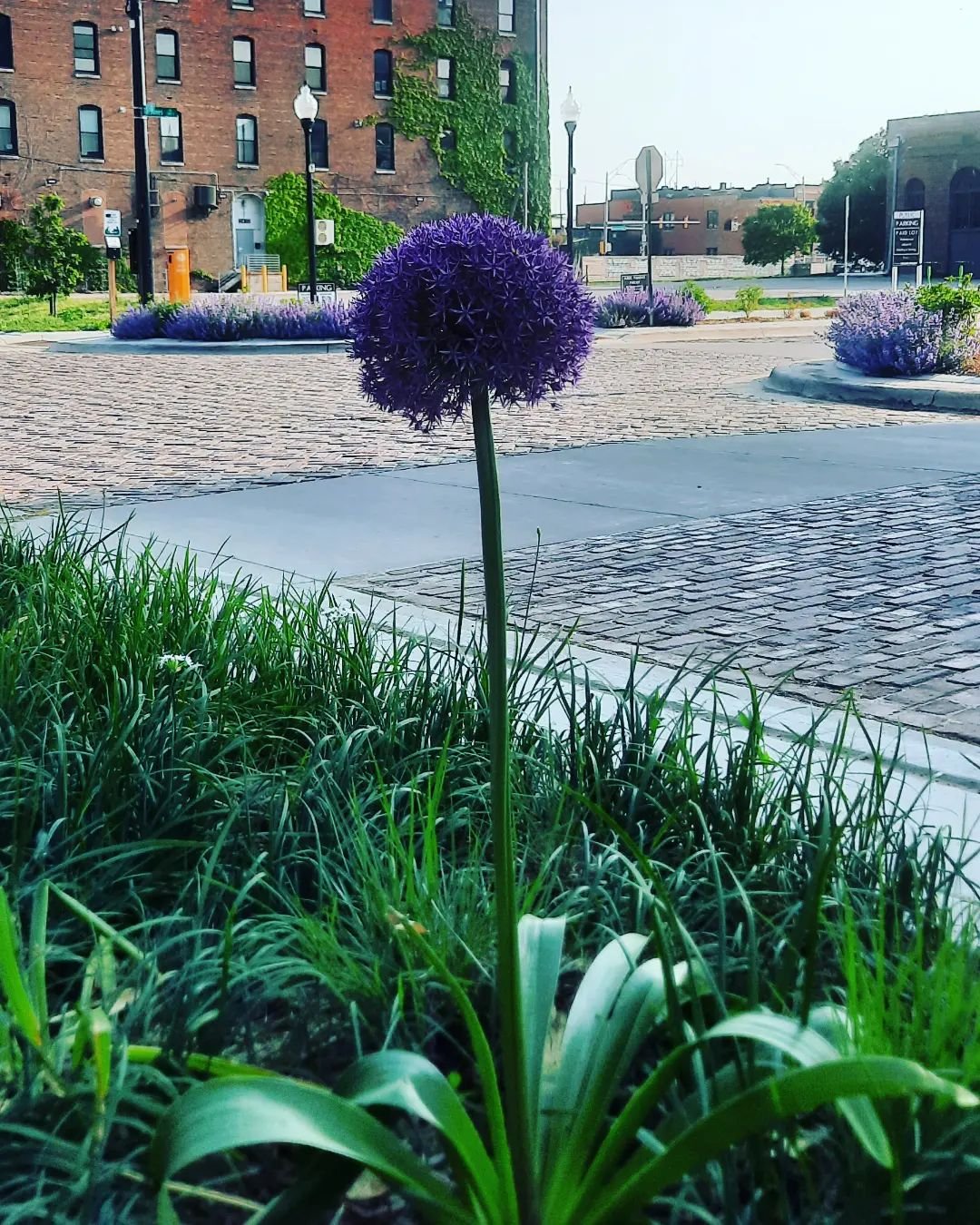
Texture trouble: Spiky blue blooms feel like nature’s barbed wire .
Pro tip: Use in dried arrangements—the metallic-blue flowers retain color for months.
Bonus: Magnet for bees and butterflies.
15. Lamb’s Ear (Stachys byzantina)
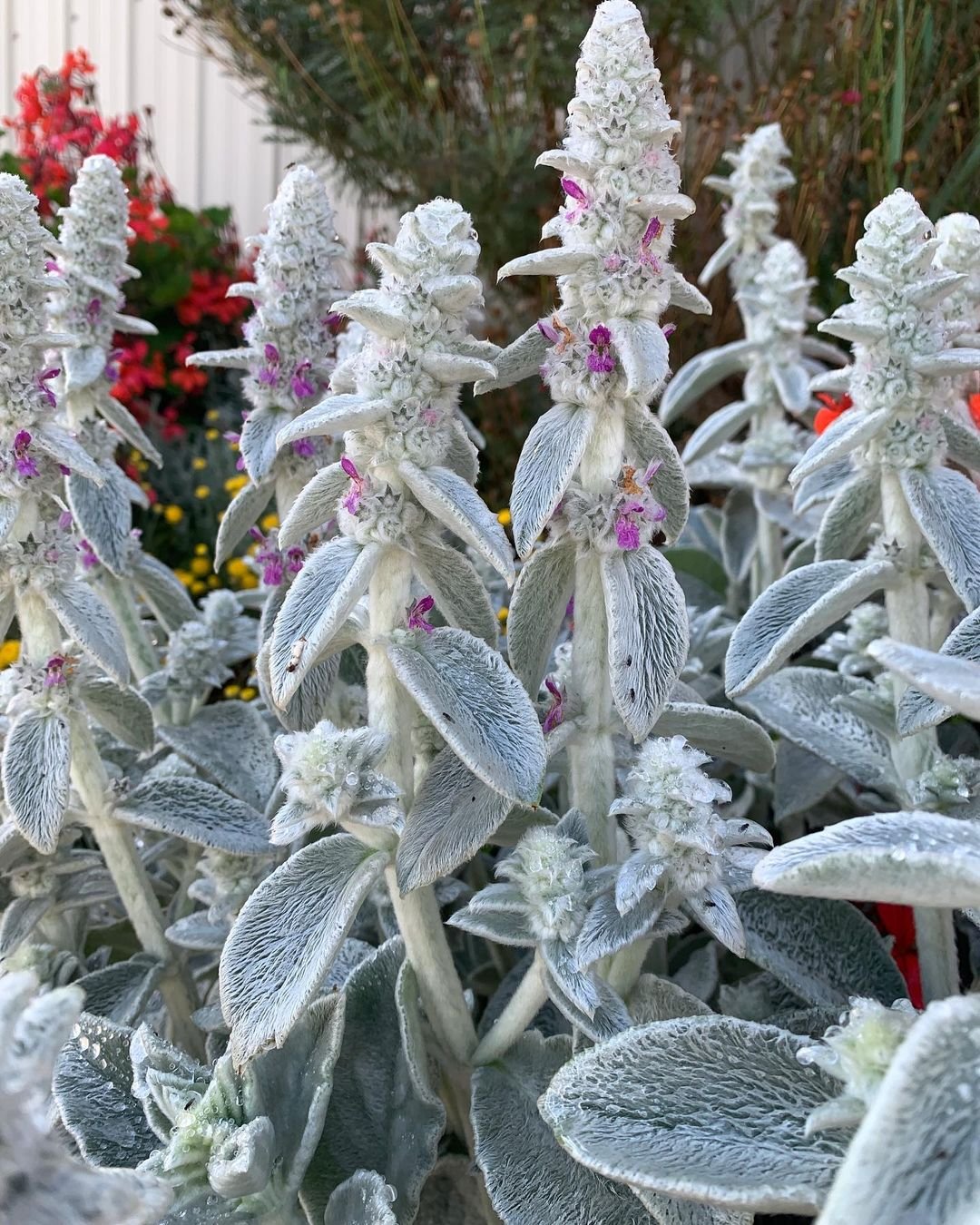
- exture trouble: Fuzzy leaves feel unpleasant to nibble .
- Kid-friendly: Soft foliage is fun for sensory gardens.
16. Thyme (Thymus spp.)
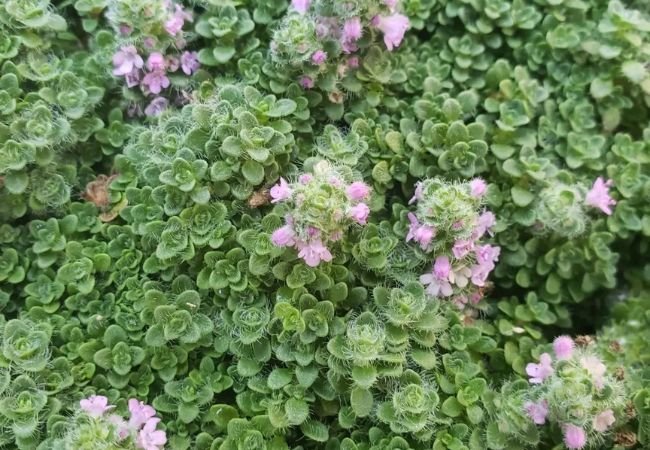
Rabbit deterrent: Potent essential oils overwhelm their senses .
Pro tip: Plant as a fragrant ground cover between stepping stones.
Bonus: Culinary gold—add fresh leaves to roasted veggies or DIY herb butter.
17. Bee Balm (Monarda didyma)
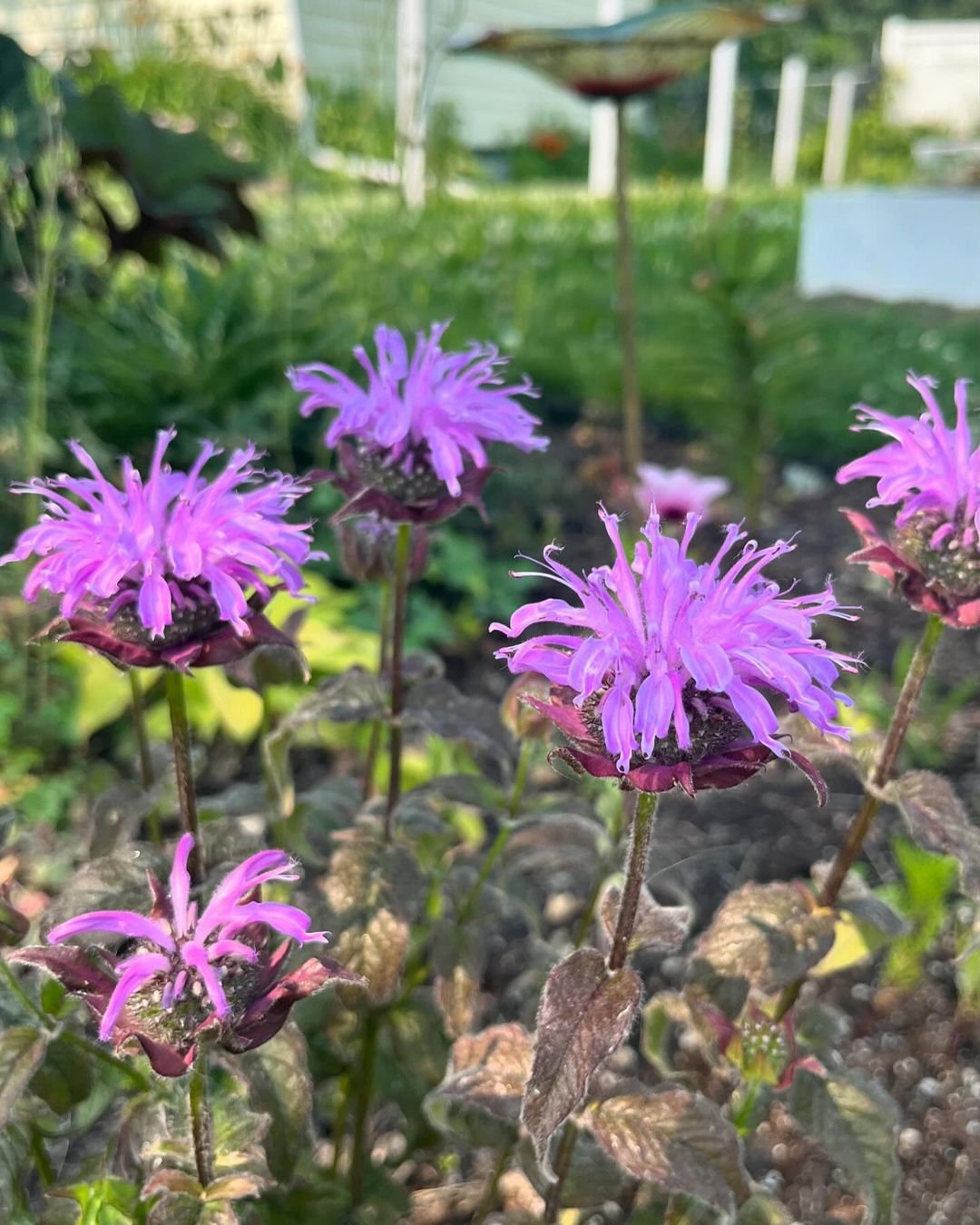
Minty shield: Rabbits hate the aroma; hummingbirds adore it .
Companion planting: Pair with tomatoes for natural pest control.
18. Peony (Paeonia spp.)
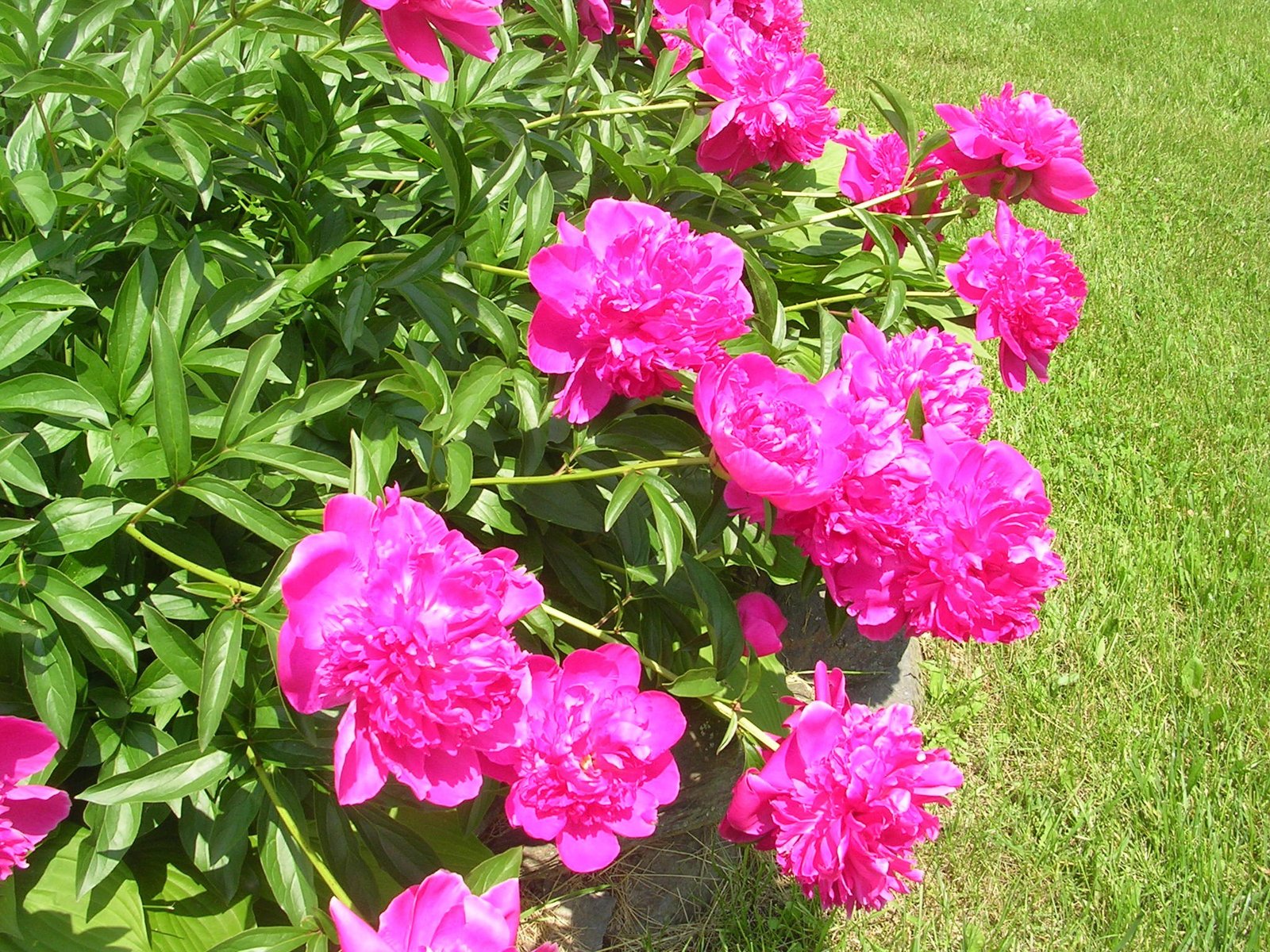
Toxic trait: Contains paeonol, a compound toxic to rabbits 179.
Pro tip: Support heavy blooms with tomato cages to prevent flopping after rain.
Bonus: Some varieties live 100+ years—plant them as a legacy for future gardeners!
19. Bleeding Heart (Dicentra spp.)

- Rabbit-resistant secret: Toxic alkaloids in foliage and roots .
- Pro tip: Perfect for shady corners—pair with ferns for a woodland aesthetic.
- Bonus: Heart-shaped flowers “bleed” droplets when squeezed (a kid-friendly trick!).
20. Coreopsis (Coreopsis spp.)
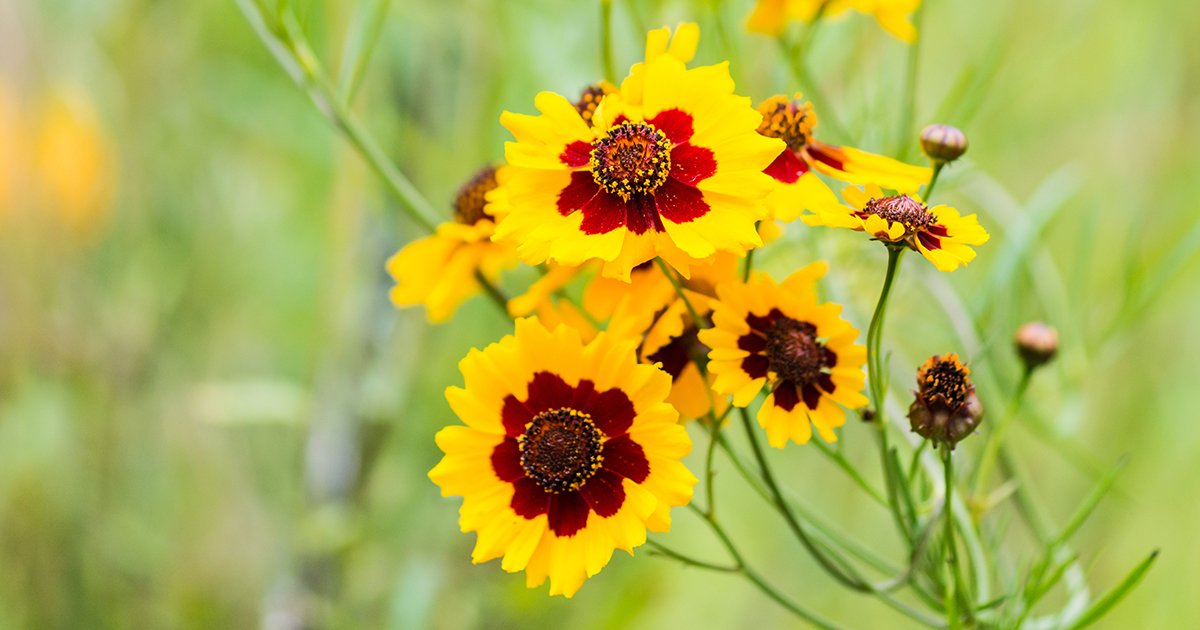
- Why rabbits avoid it: Leathery leaves and bitter taste 912.
- Pro tip: Plant en masse for a “river of gold” effect in sunny borders.
- Bonus: Self-seeds readily—free plants for years!
Pro Tips for a Rabbit-Resistant Garden
- Layer defenses: Combine aromatic herbs (e.g., Rosemary, Thyme) with toxic plants like Daffodils 13.
- Protect young plants: Use chicken wire until they’re established.
- Companion planting: Marigolds + veggies = double-duty pest control 3.
FAQs: Quick Answers for Frustrated Gardeners
Q: Do rabbits eat all flowers?
A: No! They avoid strong-smelling, fuzzy, or toxic plants. Focus on options like Lavender and Salvia 311.
Q: Are rabbit-resistant plants safe for pets?
A: Some (e.g., Foxglove) are toxic. Check the ASPCA list before planting.
Final Thoughts
Creating a rabbit-resistant garden doesn’t mean sacrificing beauty. By choosing the right plants and layering strategies, you can enjoy a lush, vibrant space that rabbits hop past. For more tips, explore my guide on companion planting or deterring squirrels.
Happy gardening! 🌿
Create a Rabbit-Resistant Paradise
By incorporating these 20 rabbit-resistant flowers and plants into your garden, you can create a beautiful, diverse landscape that naturally deters rabbits. Remember, a well-planned garden can coexist with local wildlife while still thriving and blooming.
Experiment with different combinations of these plants to find what works best in your specific garden conditions. With patience and strategic planting, you can enjoy a lush, vibrant garden that rabbits prefer to hop right past.
For more information on wildlife-friendly gardening and plant care, visit resources like the National Wildlife Federation or your local cooperative extension office. Happy planting, and may your garden flourish, rabbit-free!
Layering Strategies for Maximum Protection
Combine these with earlier picks (like lavender and daffodils) to create a multi-sensory rabbit barrier:
- Texture mix: Pair fuzzy lamb’s ear with spiky globe thistle 19.
- Aroma overload: Plant thyme, sage, and catmint near veggie beds 34.
- Toxic trio: Use foxglove, hellebore, and monkshood in shaded areas (keep away from pets!) 911.
For more rabbit-proof designs, explore my companion planting guide or the University of Minnesota’s rabbit-resistant plant list.
Did You Know?
Rabbits have a “neophobia” (fear of new things). Introduce unfamiliar plants gradually—they’re less likely to nibble if they’re unsure about the taste!
For more gardening tips and plant care guides, visit usagardenhub.com.

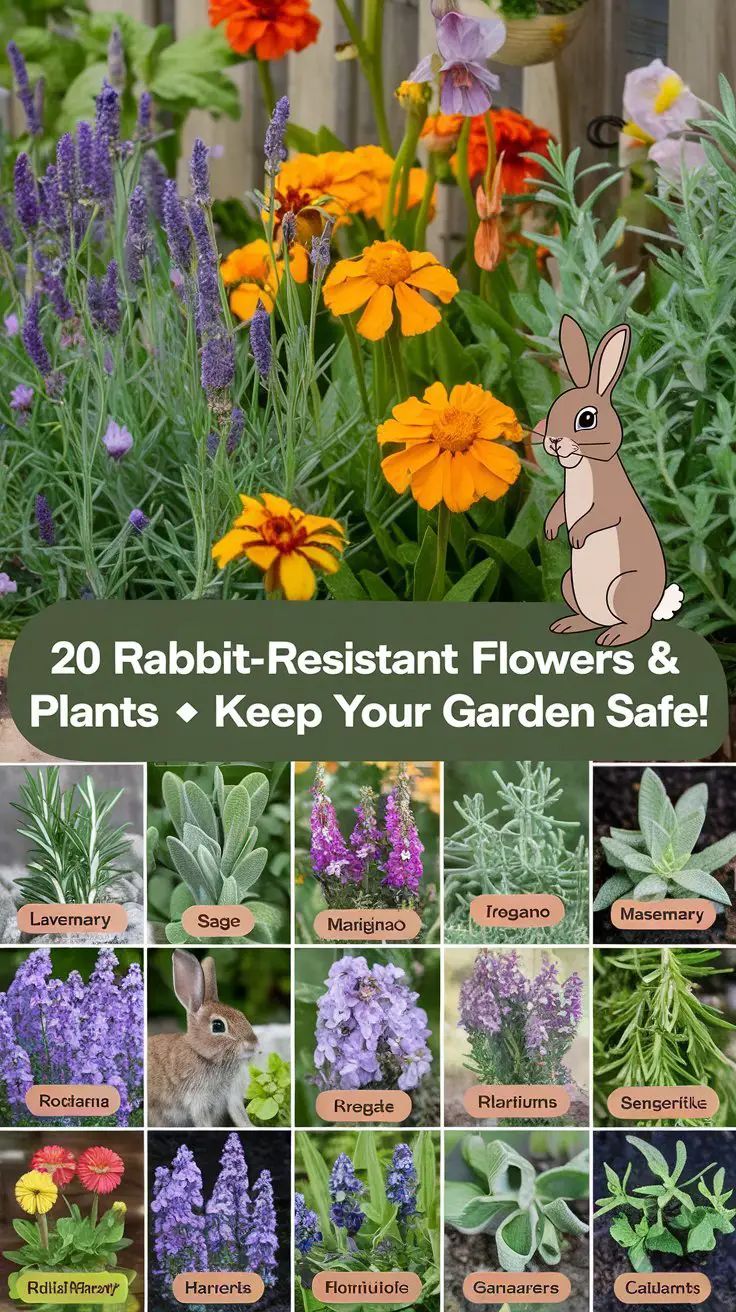
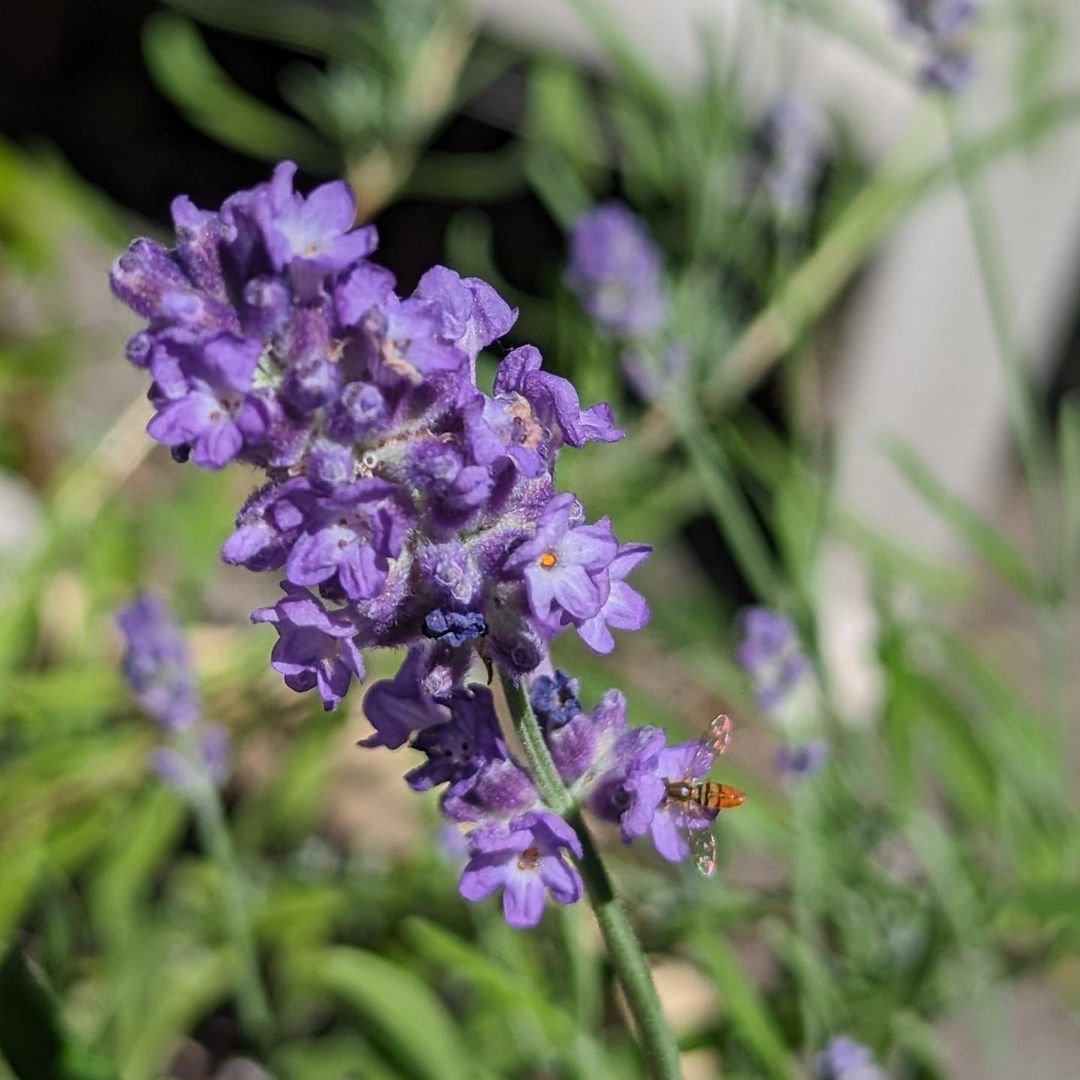
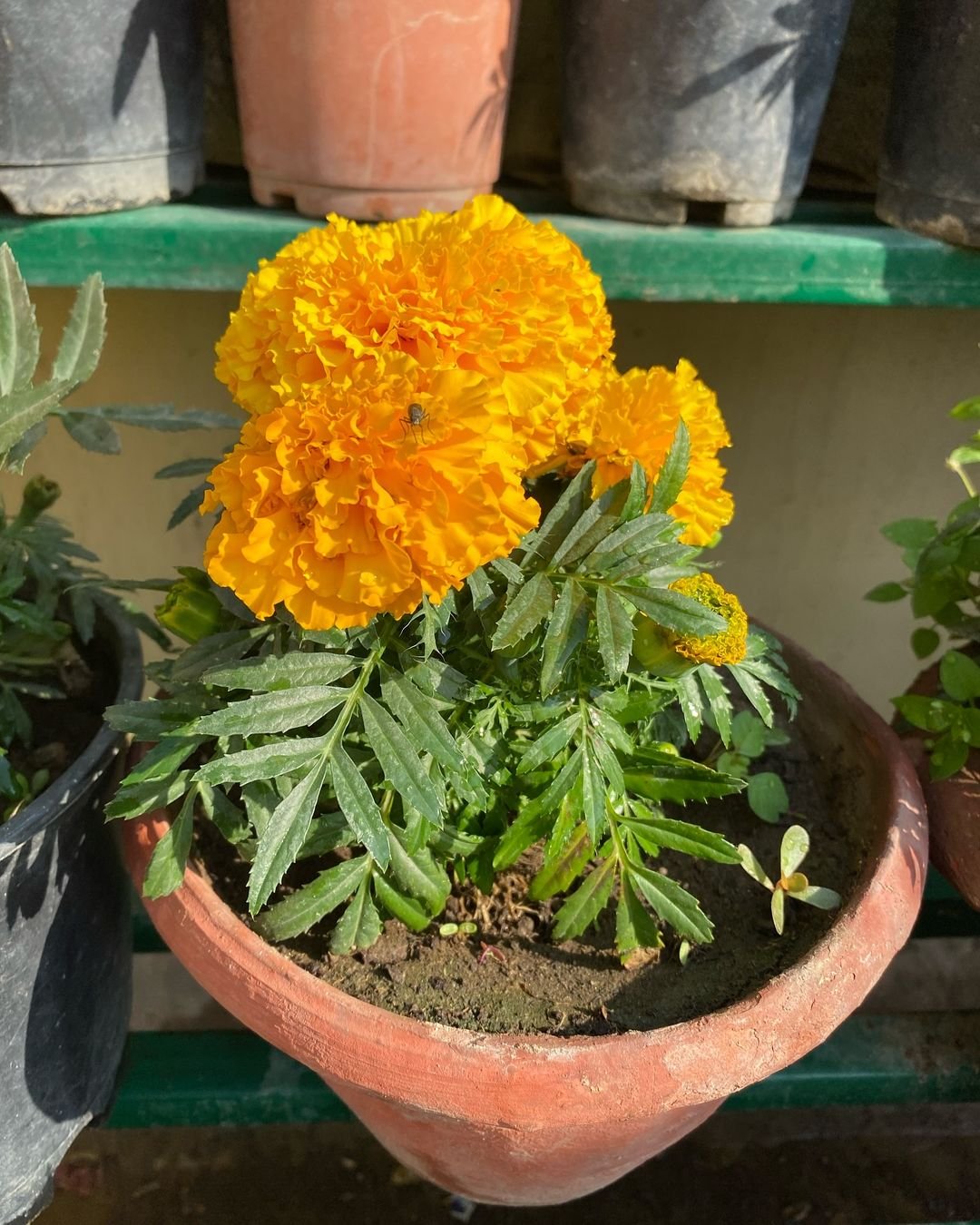
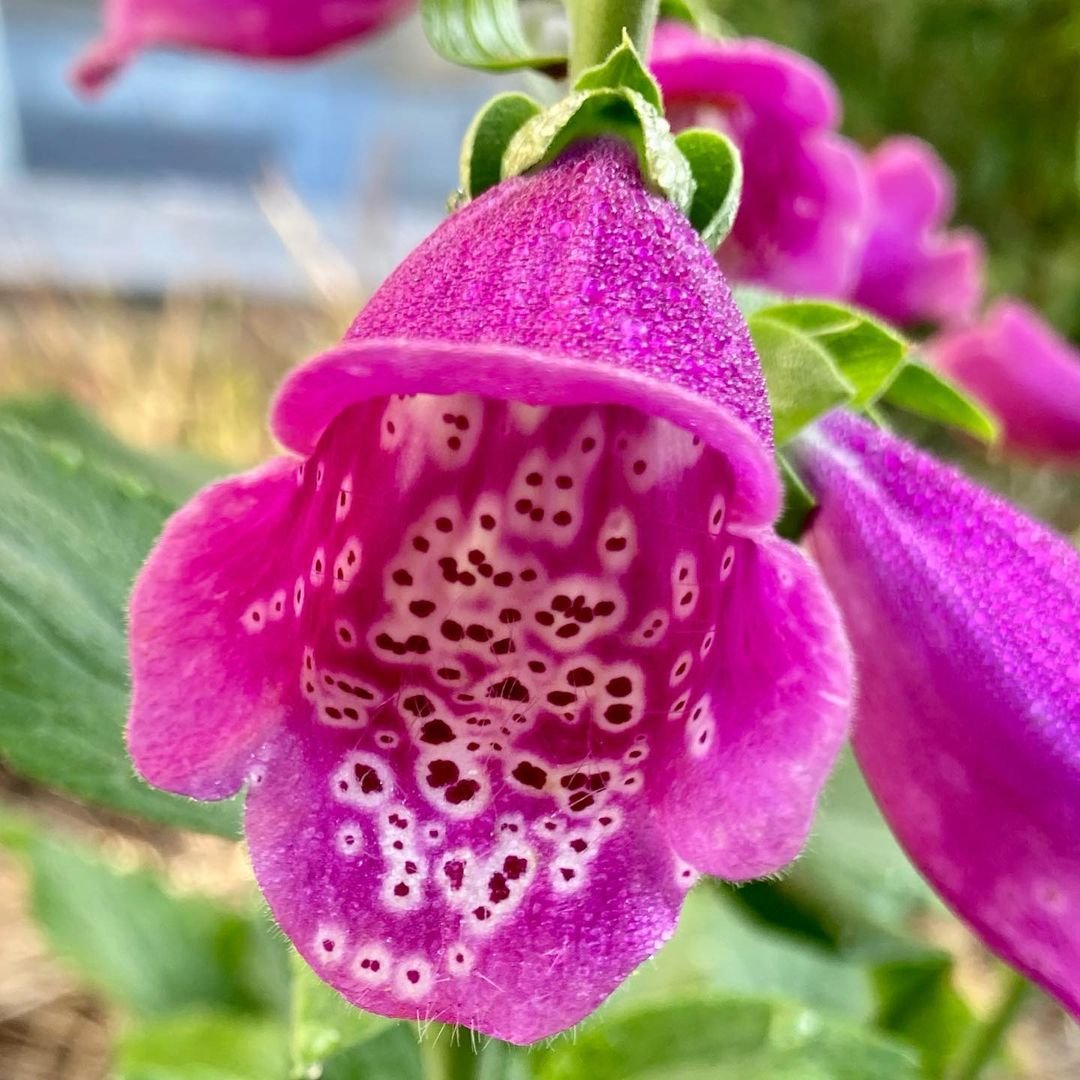
2 thoughts on “20 Flowers and Plants Rabbits Hate: Protect Your Garden Naturally (2025 Guide)”